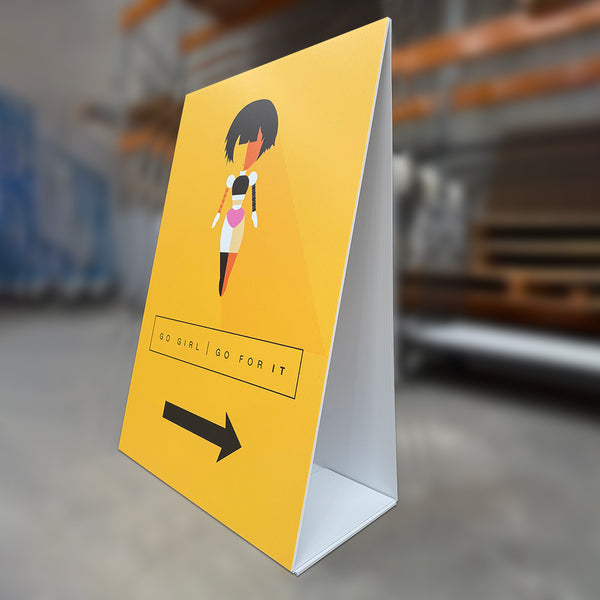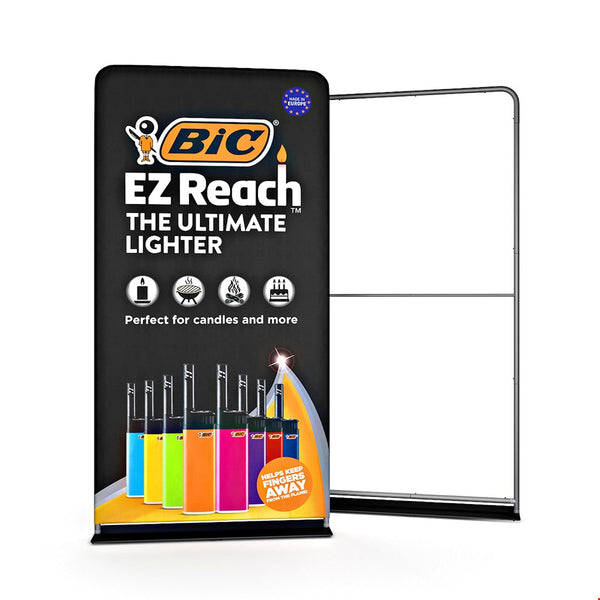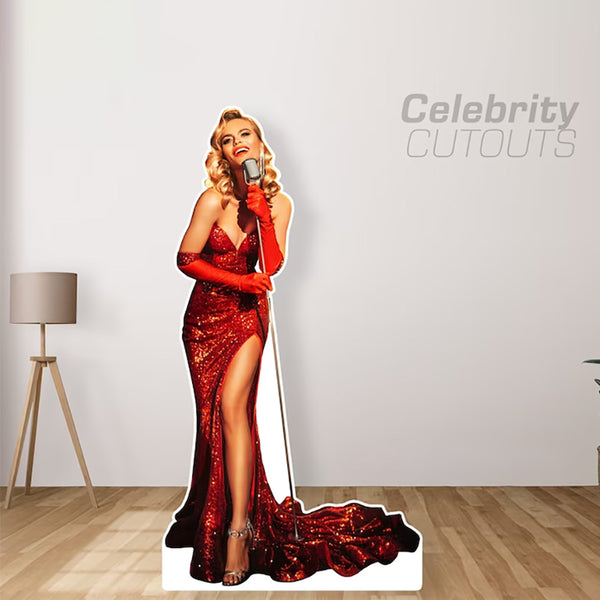What is a Dye Sublimation Printing?

What is Dye Sublimation printing?
The process starts with a wide-format inkjet printer. The graphic is printed onto transfer paper using special inks that are solid at room temperature but change to gas when heated (hence the term “sublimation”). From there, it's transferred from the sheet of paper and heat pressed into fabric by using a heat press. This allows for quick bonding between polymers which makes graphics permanently embedded into your materials as they take on their new form as a gas under pressure before cooling down again back to being solids.
Compared to inkjet printing on other materials like paper or vinyl, dye sublimation is a more involved process since it involves multiple steps. But don’t worry. Dye sublimation can be an enjoyable and profitable business with the right knowledge. Here’s what you need to know to get started:
1. You can print a huge variety of products
As we mentioned, polyester and polyester resin-coated materials are the perfect substrates for dye sublimation printing. Since these printers are available in various styles and sizes, you can print on an assortment of products, including:
-
Home décor
- Upholstery
- Window Treatments
- Tapestries
- Pillows
- Sports apparel
- Jerseys and related sports gear
-
Fashion apparel and accessories
- Dresses
- Scarves
- Ties
- Bathing Suits
- Handbags
-
Trade show and retail graphics
- Backlit graphics
- Silicone Edge Graphics (SEG): With SEG, graphics are printed on unique fabrics designed to support a silicone strip on the edges. This is so that the print can be inserted into a frame, replacing the need for complex panel graphics. SEG gives trade show displays photo-quality imagery with a clean, frameless, clean appearance.
-
Keepsake items
- Cell phone cases
- Mousepads
- Coffee mugs
- Luggage tags
- Clipboards
- License plates
2. You will need to use a specific type of ink.
If you want to transfer graphics from paper onto fabric, the ink must convert into gas. This process is specific for dye sublimation and requires dispersed dyes (or “dye-sub inks”). These dyes can go from a solid-state directly to a gaseous form at high temperatures, quickly bonding with polyester fabrics. The colour gamut of dissipating dyes can be incredibly vibrant, as well as some brands like HP have introduced fluorescent colours that push this even further!
3. You will need a particular dye-sublimation printer.
Dye-Sublimation printers are wide format printer that uses dispersed dyes exclusively on transfer paper. This printing method is experiencing a tremendous growth rate, and there is an excellent selection from the top brands in the industry today.
Here are a few that the VIVID ADS team highly recommend:
- Mimaki TS55: This 74” comprehensive model is a leader in high-production sublimation printing.
- Mimaki CJV300-160 Plus: Combining high-quality, dye-sub graphics with contour cutting, the CJV300 is perfect for high-volume production on small items, like coffee mugs.
- Epson F6370H: Epson’s 64” roll-to-roll dye-sublimation printer was designed for versatility.
- Mutoh RJ-900: This 42” entry-level model is a four-colour, roll-to-roll printer, perfect for apparel and flags.
- HP Stitch S 1000:

4. You will need additional equipment.
A heat press is just as crucial as your dye-sublimation printer. Several types of presses are available, but the most common include flatbed, calender, and combo-style presses. Flatbeds can print onto solid objects, while calendars use oil or electrically heated drums for better results on apparel printing
Cutting & Sewing
Depending on your particular desired application, you may consider cutting and sewing options. These items range from simple and relatively inexpensive to large factory equipment like the printer. It’s best to talk with an expert to learn more about the equipment that will be your best fit.



